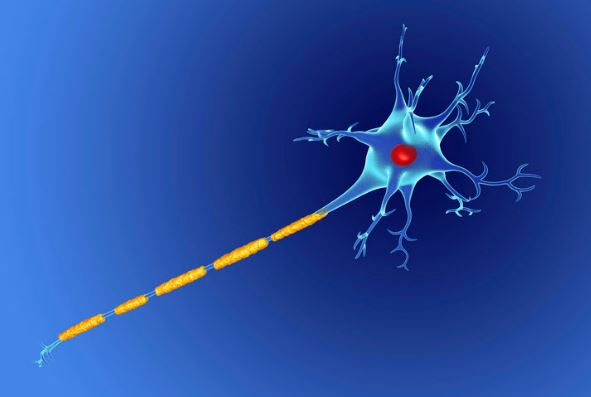The results showed that nearly 18 percent of patients diagnosed with multiple sclerosis before being referred to two major Los Angeles medical centers for treatment actually had been misdiagnosed with the autoimmune disease. The patients spent an average of four years being treated for MS before receiving a correct diagnosis.
The most common correct diagnosis was migrane (16 percent), followed by radiologically isolated syndrome, a condition in which patients do not experience symptoms of MS even though their imaging tests look similar to those of MS patients. Other correct diagnoses included spondylopathy (a disorder of the vertebrae) and neuropathy (nerve damage). Among those misdiagnosed, 72 percent had been prescribed MS treatments. Forty-eight percent of these patients received therapies that carry a known risk of developing progressive multifocal leukoencephalopathy, a serious disease in the white matter of the brain, caused by viral infection.

"I've seen patients suffering side effects from the medication they were taking for a disease they didn't have," said investigator Marwa Kaisey, MD, of Cedars-Sinai Multiple Sclerosis and Neuroimmunology Center. "Meanwhile, they weren't getting treatment for what they did have. The cost to the patient is huge—medically, psychologically, financially."
The authors estimate that the unnecessary treatments identified in this study alone cost almost $10 million.
Citation: Marwa Kaisey, MD,Andrew J. Solomon, MD, Michael Luu, MPH, Barbara S. Giesser, MD, Nancy L. Sicotte, MD, 'Incidence of multiple sclerosis misdiagnosis in referrals to two academic centers', Multiple Sclerosis and Related Disorders May 2019 Volume 30, Pages 51–56 DOI: https://doi.org/10.1016/j.msard.2019.01.048






Comments